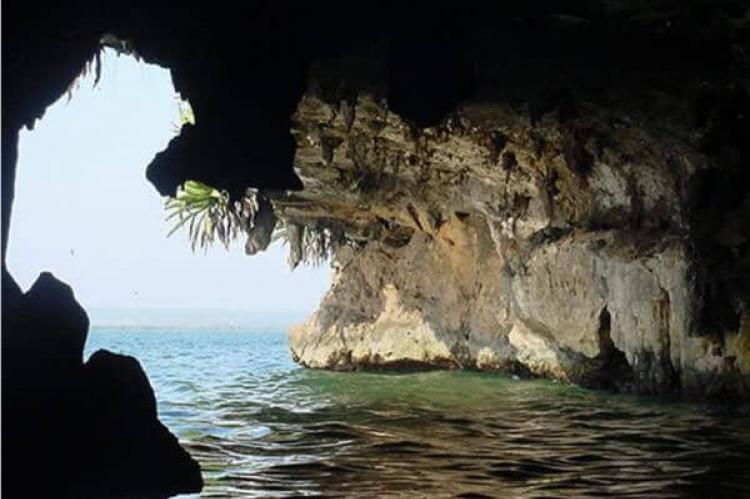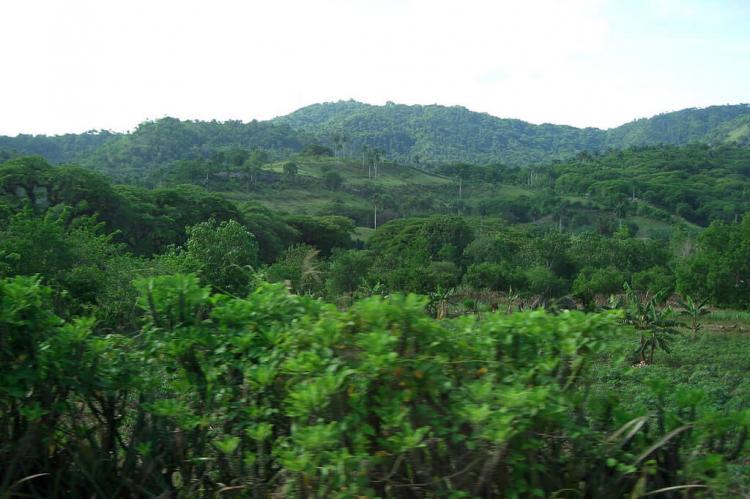Discovering Cuba's Coastal Treasures: Caguanes National Park and Buenavista Biosphere Reserve
Caguanes National Park and Buenavista Biosphere Reserve, on Cuba's northern coast, showcase environmental conservation and cultural preservation. They harmoniously blend natural wonders and historical legacies, representing beacons of conservation in the Caribbean.
Discovering Cuba's Coastal Treasures: Caguanes National Park and Buenavista Biosphere Reserve
Two conservation areas on the northern coast of Cuba, Caguanes National Park and Buenavista Biosphere Reserve, are prime examples of environmental stewardship and cultural preservation. They form a harmonious blend of natural wonders and historical legacies, weaving together Cuba's ecological richness and cultural heritage. As guardians of diverse ecosystems and custodians of ancient traditions, they emerge as beacons of conservation in the Caribbean.
Caguanes National Park: Jewel of the North
Caguanes National Park is nestled within the Yaguajay municipality in the northern part of Sancti Spíritus Province, covering an area of approximately 205 square kilometers. This park, one of the core areas of Buenavista Biosphere Reserve, is centered around the Caguanes Peninsula, extending into the Bay of Buena Vista and the Guayaberas swamps and mangroves. Its coastal landscape is adorned with caves, arches, and niches that open to the sea, presenting a mesmerizing tableau of natural wonders.
The park boasts 79 recorded caves, harboring a diverse ecosystem with over 200 species, including 24 endemics. Among its avian inhabitants, more than 100 species of birds nest in the marsh and coastal area, while the Tres Dolinas cave hosts a substantial population of mariposa bats. Moreover, Caguanes National Park serves as a custodian of cultural heritage, with 35 archaeological sites, cave dwellings, and cave murals bearing testament to the region's ancient inhabitants.
Buenavista Biosphere Reserve: Guardian of Coastal Splendor
Buenavista Biosphere Reserve spans the northern coast of Cuba, encompassing parts of Villa Clara, Sancti Spíritus, and Diego de Avila provinces over a vast surface area of 313,502 hectares (774,680 acres). This reserve boasts diverse ecosystems, from coral reefs and sandy beaches to evergreen forests and mangrove swamps. Within its boundaries lie eleven core areas, including Caguanes National Park and Jardines de la Reina Marine Reserve and National Park, safeguarding extraordinary natural, historical, and cultural values. With 35 archaeological sites, rural art, and wall paintings, the reserve offers a glimpse into Cuba's rich heritage. Moreover, Buenavista Biosphere Reserve is home to a plethora of flora and fauna, with many endemic and threatened species adding to its ecological significance.
Sustainable Development and Tourism
The Buenavista Biosphere Reserve sustains approximately 25,000 permanent inhabitants engaged in various economic activities, including tourism, handicrafts, agriculture, and fisheries. Tourism, in particular, holds considerable potential for development, with approximately 7,000 visitors exploring the area annually. Activities such as hunting, fishing, diving, and speleology attract adventure seekers, while environmental education programs promote conservation awareness among visitors and locals alike. The reserve's strategic location and diverse attractions offer ample opportunities for sustainable tourism initiatives, balancing economic development with environmental conservation.
Conclusion
In conclusion, Caguanes National Park and Buenavista Biosphere Reserve exemplify Cuba's commitment to preserving its natural and cultural heritage. These interconnected conservation areas, with their stunning landscapes, rich biodiversity, and cultural significance, offer a glimpse into the island's ecological and historical tapestry. By fostering sustainable development practices and promoting conservation awareness, these reserves pave the way for a harmonious coexistence between humans and nature, ensuring their preservation for future generations.

